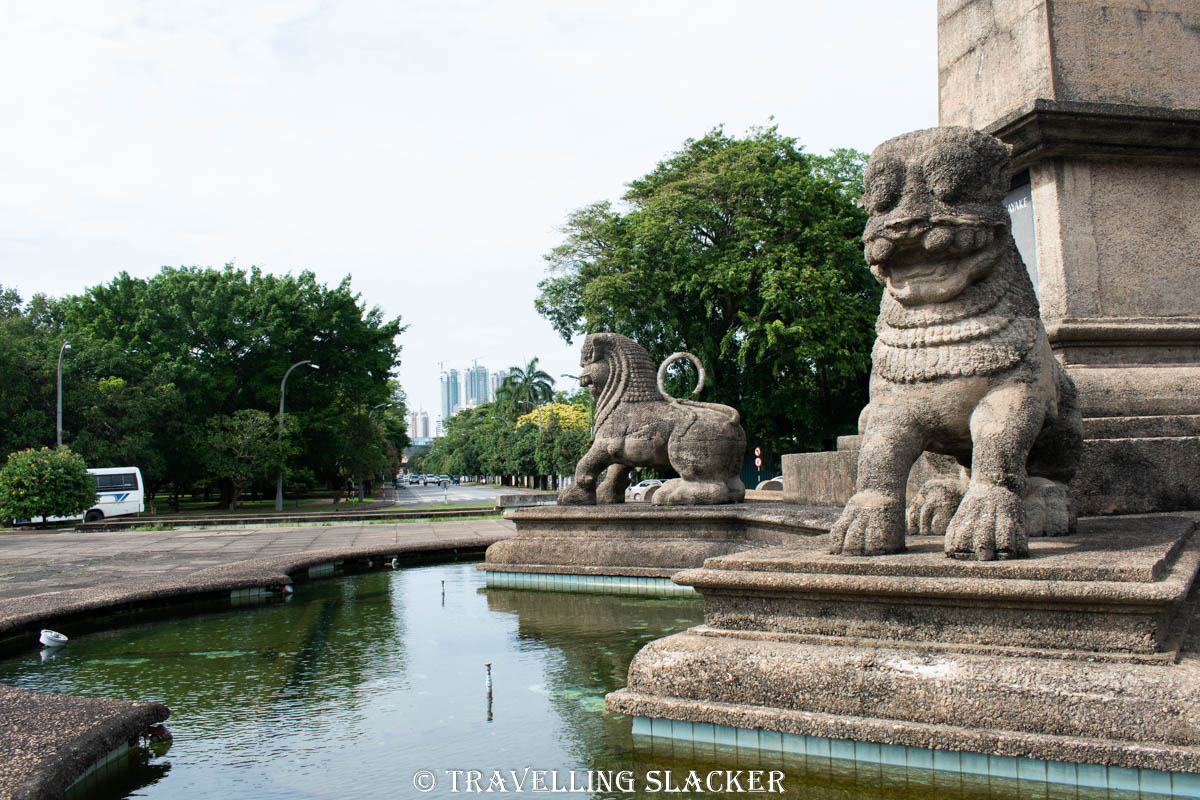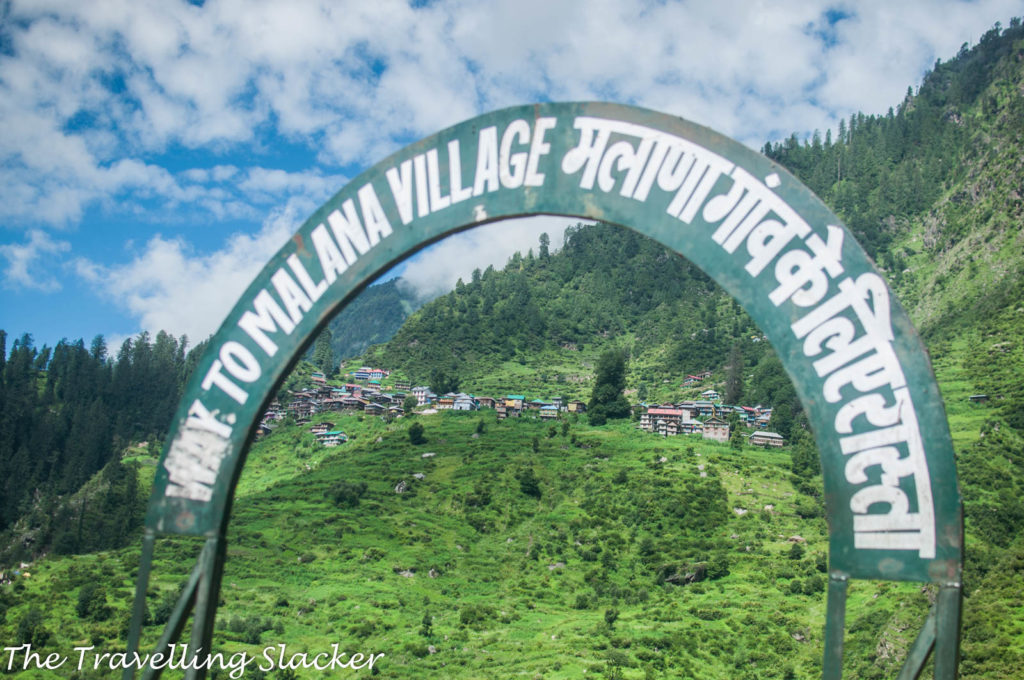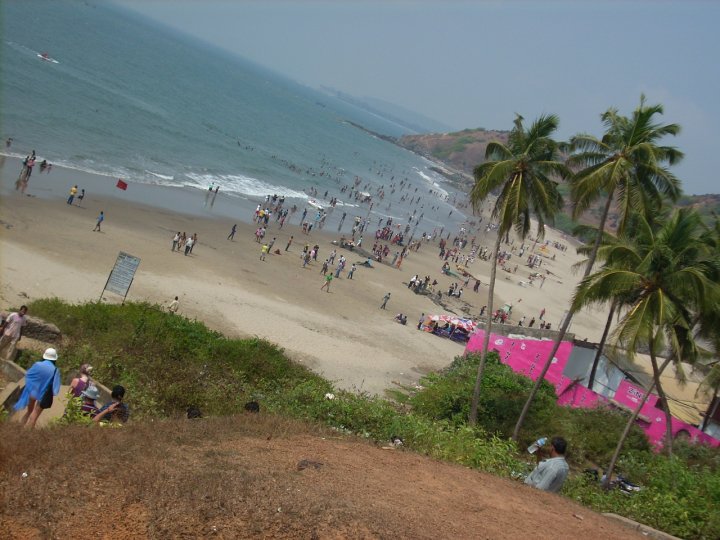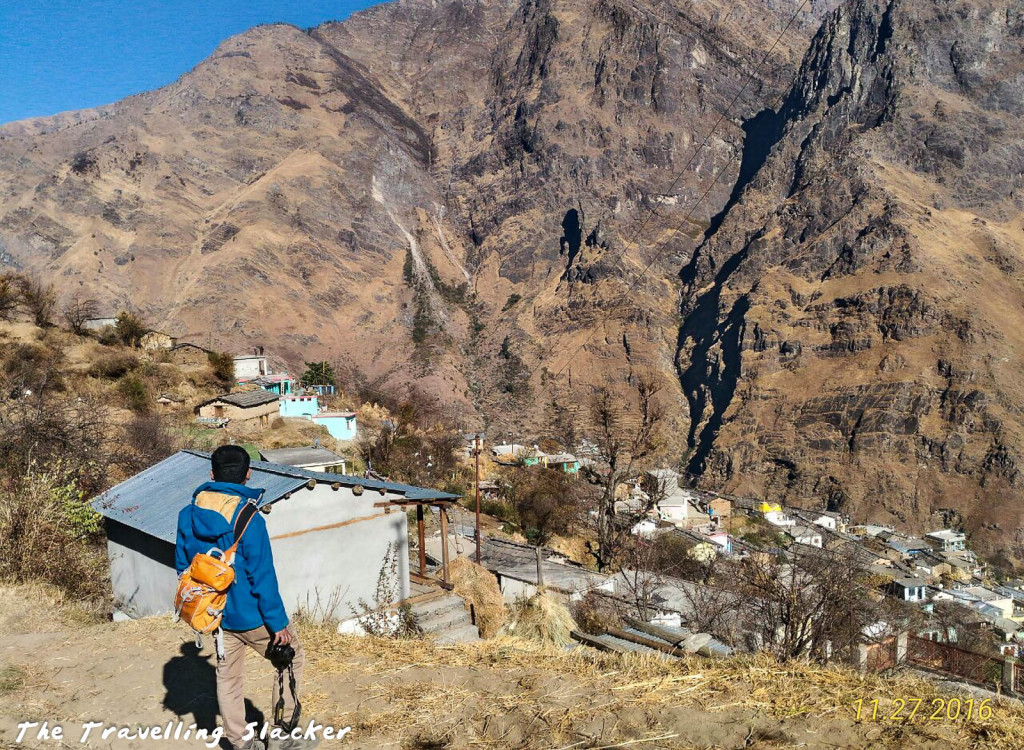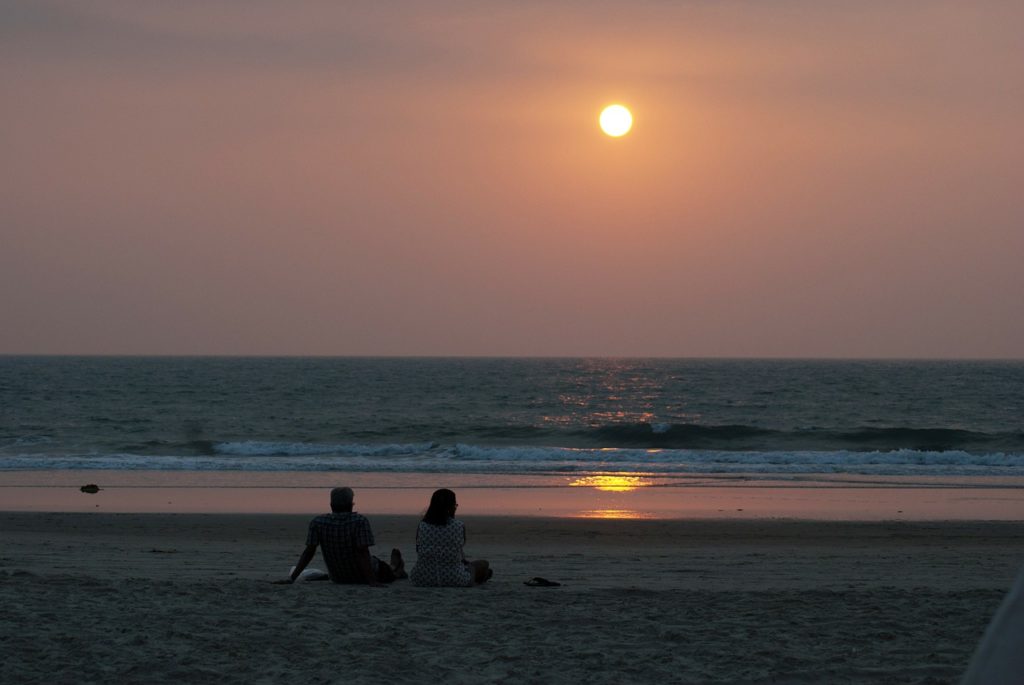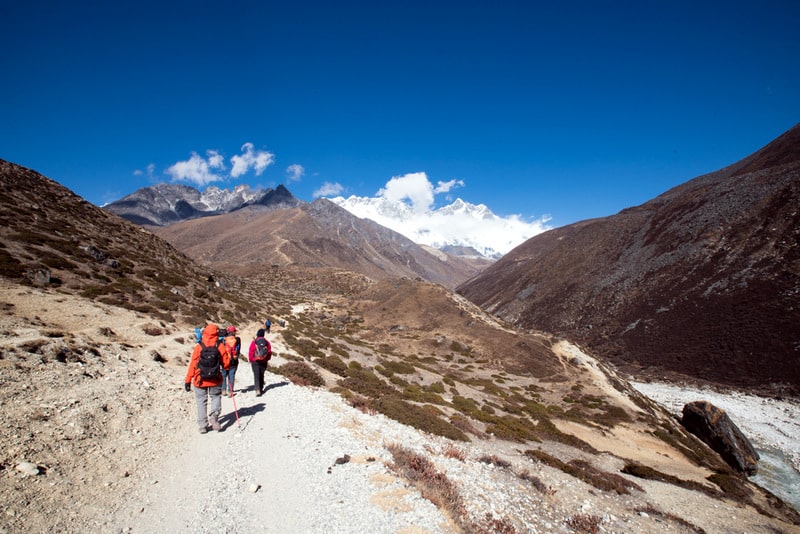Sri Lanka, commonly referred to as the “Pearl of the Indian Ocean,” is a paradise for all types of travellers as it is filled with green landscapes, golden shores, ancient ruins and a rich cultural heritage. Although the island nation is generally safe for tourists, it’s always best to travel informed and equipped. Whether you’re planning to surf on Arugam Bay, discover Sigiriya Rock Fortress or embark on a wildlife safari in Yala National Park, be aware of how to be safe during your trip to make it smooth and memorable. Here’s your ultimate Sri Lanka tour guide on how to stay safe while travelling in Sri Lanka.
1. Stay Updated on Travel Advisories
Before you go, always verify the most current travel advisories released by your country’s foreign affairs department. Sri Lanka may be a tranquil place, but it has suffered political protests in the past, especially during economic slumps. The advisories offer real-time information on safety, health, and weather.
Pro Tip: Register your trip with your country’s embassy or consulate in Sri Lanka so they can reach you during emergencies.
2. Get Familiar with the Local Political Climate
Sri Lanka has faced a lot of political and economic disruptions in recent years in the form of countrywide protests and fuel shortages. Although things have eased up, it’s best not to get involved in political rallies and big gatherings. These tend to turn violent at times, and foreigners get caught up in the commotion unknowingly.
Pro Tip: Stay informed by looking at local news and asking your Sri Lanka trip package operator or hotel about current conditions in the area.
3. Use Caution with Transportation
Sri Lankan public transportation is cheap but may be crowded and poorly maintained. Buses and trains tend to run with little concern for schedules, and road conditions are wildly varied.
While travelling on taxis and tuk-tuks, always agree on a price before hopping into a tuk-tuk. Alternatively, use ride-hailing apps like PickMe or Uber to avoid being overcharged. Unless you’re an experienced driver comfortable with chaotic traffic, driving in Sri Lanka can be challenging. Roads are narrow, signage is limited, and local driving norms can be unpredictable.
Pro Tip: Engage a local driver via a reputable agency if you need to venture into out-of-the-way places.
4. Be Aware of Natural Hazards
Sri Lanka’s tropical weather means that it is susceptible to heavy rain and occasional flooding, particularly during monsoon periods (May–September in the southwest and October–February in the northeast). Landslides can also happen in mountainous areas.
Pro tip: Do not go hiking or trekking in the case of heavy rains, and do not forget to check the weather forecast prior to organising outdoor activities.
5. Health & Hygiene Precautions
Health care in urban areas such as Colombo and Kandy is good in general, but in rural regions, there are no modern health facilities. Ensure that you get routine vaccinations like typhoid, hepatitis A, and tetanus as they are frequently advised. Dengue fever is present in Sri Lanka, particularly in the monsoon, so make sure to apply mosquito repellent, dress in long sleeves, and rest under bed nets if necessary. Avoid drinking tap water; drink only bottled, filtered, or boiled water.
Emergency Tip: Have handy the phone numbers of local hospitals and clinics. The Sri Lanka emergency medical number is 1990.
6. Be Cognizant of Local Traditions and Culture
Sri Lanka is Buddhist, and it is expected that locals are treated with respect regarding religious standards. When entering temples or other religious places, dress conservatively and cover your shoulders and knees and make sure that you remove your shoes and hats before entry.
Photography etiquette: Never stand with your back to a Buddha statue—it’s considered very insulting. Always request permission before photographing individuals, particularly monks.
Public Shows of Affection: Keep them brief in public since conservative cultural practices still hold strong in many regions.
7. Watch out for Scams
Although it is a generally safe country, it is always advisable to be careful about petty fraud that can happen anywhere. Take precautions against overly helpful and friendly strangers offering unsolicited advice, “special deals,” or tours. Exaggerated gem prices, manipulated taxi meters, fraudulent guides, and overpricing of souvenirs are some of the most common fraudulent practices here.
ATMs & Cards: Use bank or good hotel ATMs. Credit card fraud was noted in certain spots, so always keep an eye on your card transactions.
Pro Tip: Keep a combination of cash and cards, and keep your money in various places while travelling.
8. Stay Safe on the Beach
Sri Lanka’s beaches are beautiful, but it could be dangerous. Some beaches, particularly in the south and east, have high currents and rip tides, so make sure that you swim only in designated safe swimming areas and do not go to deserted beaches with no lifeguards. Additionally, when engaging in water sports, always go with qualified instructors and wear safety equipment.
Pro Tip: Consult locals or your hotel staff about which beaches are safe to swim, especially during monsoon times.
9. Keep Your Belongings Safe
Although violent crime is uncommon, minor theft like pickpocketing and bag snatching, is possible, especially in busy markets and tourist areas. Secure your valuables by using hotel safes and do not show off flashy jewellery or lots of cash.
Pro tip: Using anti-theft equipment like a money belt or anti-theft backpack will come in handy, particularly on public transport.
10. Travel Insurance is Essential
Whether you’re hiking in Ella, snorkelling in Trincomalee, or taking the scenic train ride from Kandy to Nuwara Eliya, accidents can happen. From surprise injuries to trip cancellations, travel insurance is your backup.
Insurance Checklist:
- Medical emergency and evacuation coverage.
- Protection against theft or loss of property.
- Trip delay or cancellation benefits.
- Hiking, diving, or surfing activities should be included if you’re going to do them.
11. Stay updated on the visa guidelines
Indian passport holders do need a visa to visit Sri Lanka, but it is easy and primarily online. It is primarily called the Tourist ETA (Electronic Travel Authorisation), wherein Indian nationals can apply for an ETA online prior to arrival. It permits you to stay for a maximum of 30 days and is extendable to 6 months. Sri Lanka visa requirements for Indian citizens include a valid Indian passport with at least 6 months validity, a return or onward flight ticket, proof of sufficient funds and details of accommodation.
Pro tip: Submit your ETA through the Sri Lankan government website directly to avoid paying third-party charges or being victims of scams.

